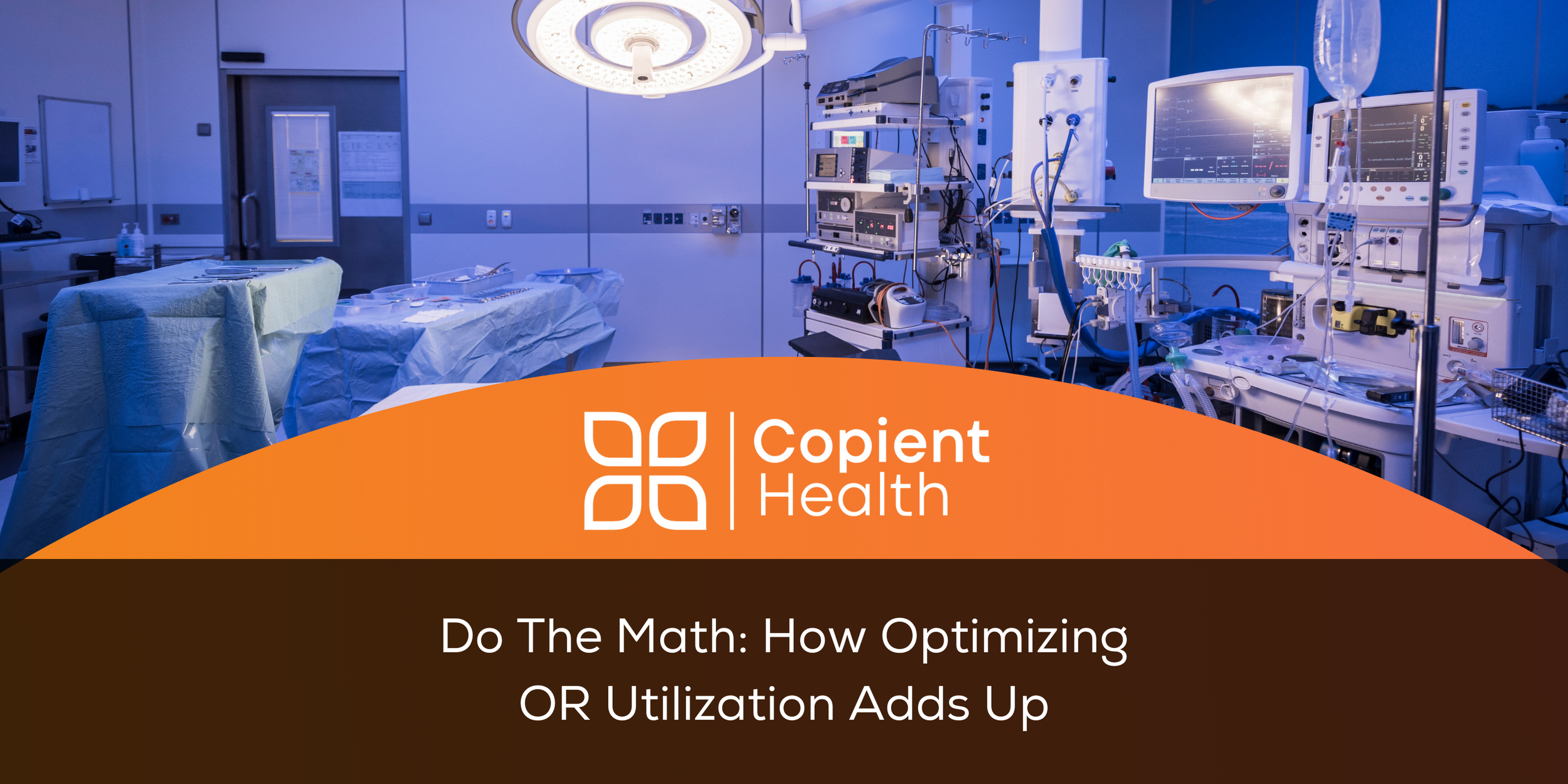If the OR is the Highest Revenue Driver - Why is it Underutilized?

The Operating Room (OR) stands as the beating heart of any hospital, pulsing with the potential for life-saving procedures and significant revenue generation. Yet, paradoxically, it often remains underutilized in healthcare systems. With such high stakes, one must ask why this paradox exists and what perioperative leadership can do to address it.
The Paradox of Plenty
At first glance, the underutilization of ORs seems counterintuitive. Hospitals face increasing pressures to enhance patient care, improve outcomes, and maximize efficiencies. The OR, a critical revenue source, should theoretically operate like a well-oiled machine. However, the reality is far more complex. Issues such as scheduling inefficiencies, unpredictable surgery durations, and the varying resource demands of different surgical specialties create a challenging puzzle for perioperative leaders.
Scheduling: The First Domino
One of the primary culprits behind OR underutilization is the scheduling process. Traditional block scheduling methods often lack the flexibility and sophistication needed to adapt to the dynamic nature of surgical care. This leads to gaps in utilization, insufficient access for newer surgeons, and an inability to accommodate near-term procedures without significant disruption.
At Copient Health, we understand the unique challenges these gaps present to perioperative leadership. By leveraging advanced analytics, machine learning, and generative AI, these organizations give perioperative leaders the tools needed to optimize block scheduling, predict utilization more accurately, and adjust resources in real time. Yet, adoption is not universal, and the path forward requires a cultural shift as much as a technological one.
The Cultural Shift: Embracing Change
The transition to data-driven operational management in the OR is not solely a technological challenge; it's a cultural one. Perioperative leaders must champion the
cause, promoting an openness to change among staff and stakeholders. This involves educating teams on the benefits of predictive analytics and automated scheduling solutions and demonstrating how these technologies can alleviate stress, reduce burnout, and improve patient care while protecting surgeon’s access to convenient OR time.
The Path Forward
To fully realize the OR's potential as a revenue driver and center of excellence, perioperative leaders must address these challenges head-on. This requires a multifaceted approach:
● Adopt Advanced Technologies: Implement solutions that provide data-driven guidance for scheduling and resource allocation.
● Foster a Culture of Flexibility: Encourage staff to embrace change and adapt to new operational models, highlighting the benefits to patient care and staff well-being.
● Optimize for Efficiency and Quality: Balance the drive for revenue with the hospital’s mission and an imperative for high-quality patient care.
Conclusion
The underutilization of ORs is a complex issue rooted in inefficient legacy operational models and resistant cultural norms. However, with the right mix of technology, leadership, and a willingness to change, hospitals can transform their ORs into the efficient, revenue-generating, patient-centered hubs they are meant to be. Companies like Copient Health are at the forefront of this transformation, offering the tools and insights needed to navigate the complexities of modern healthcare. It's time for perioperative leaders to take the helm and steer their ORs toward a more efficient, productive future.

